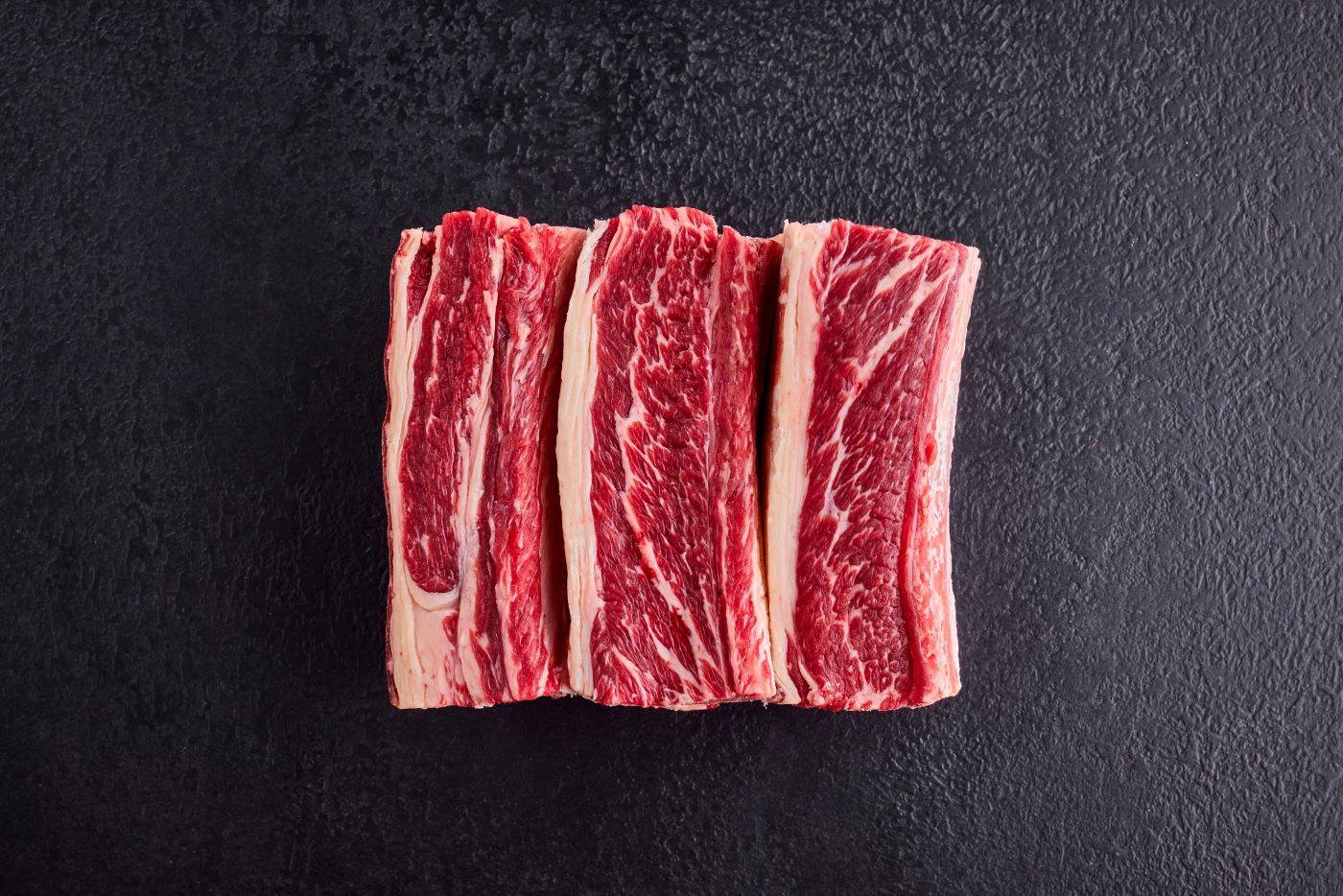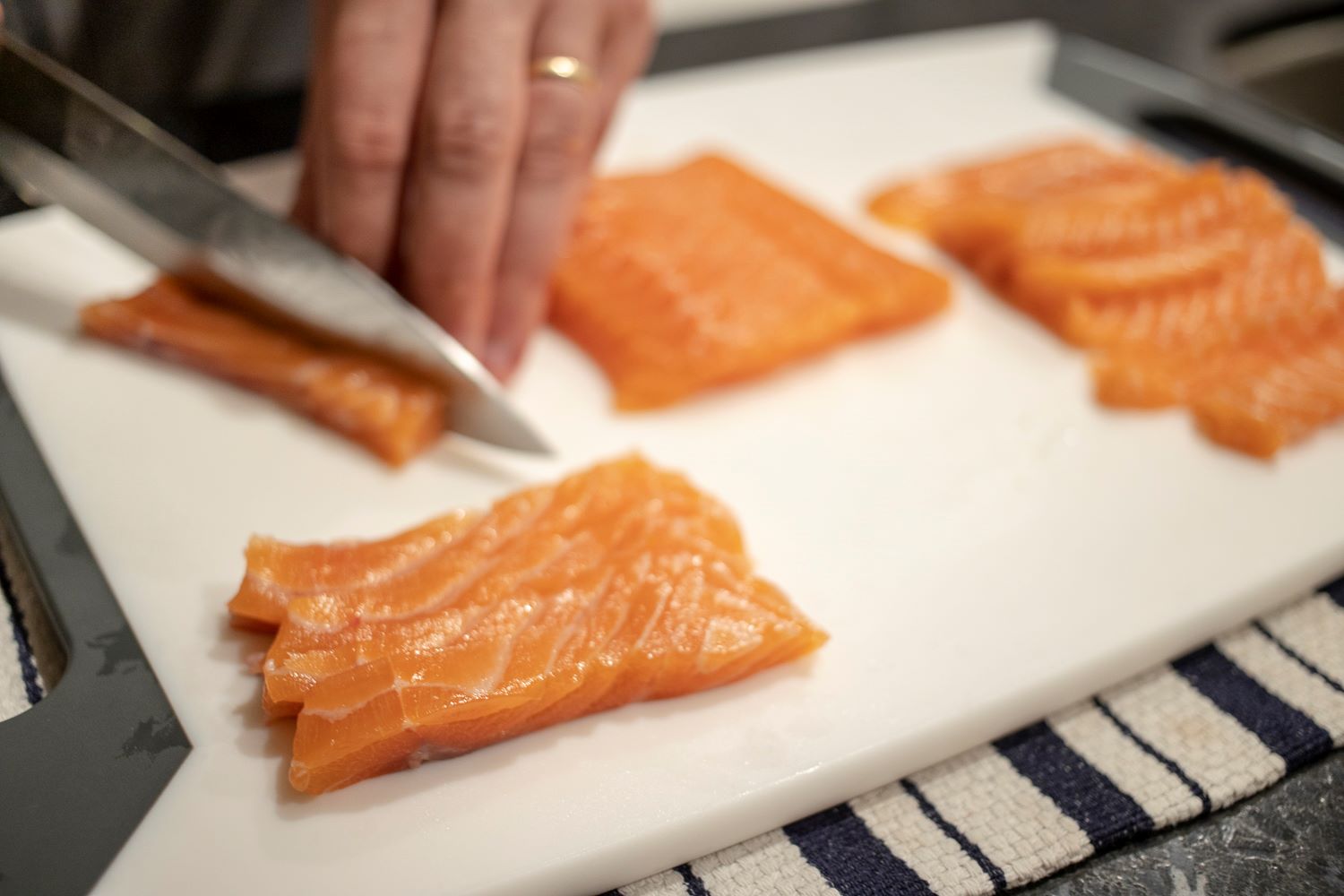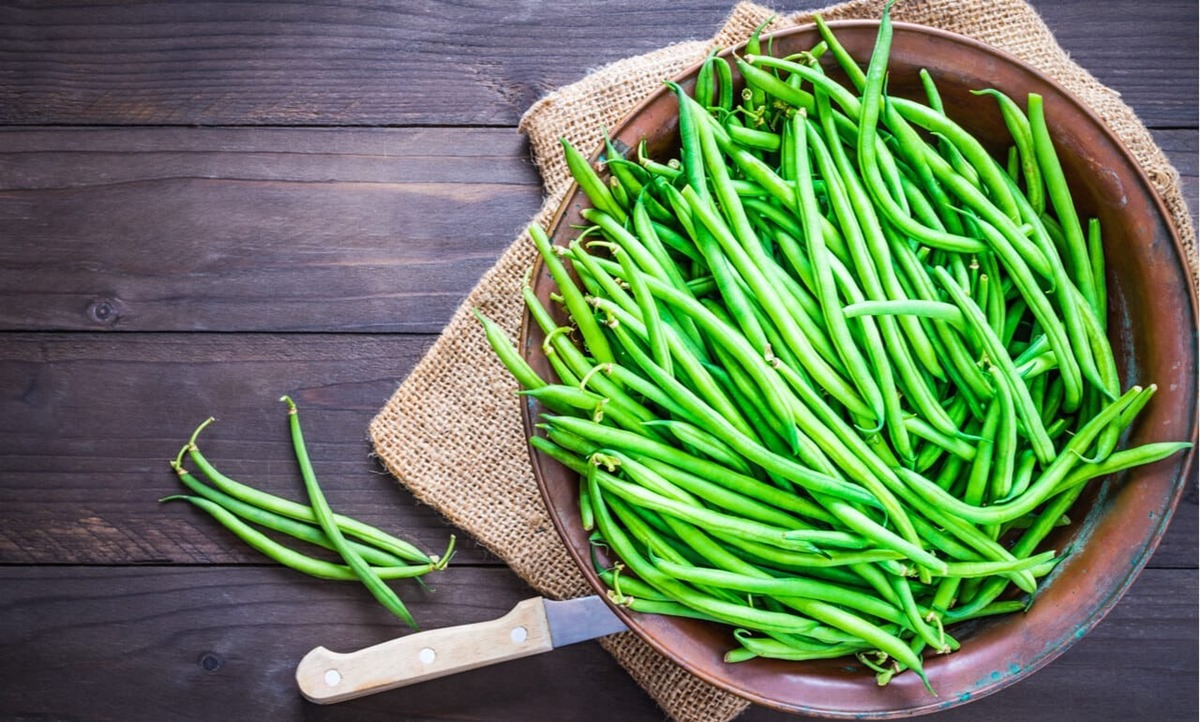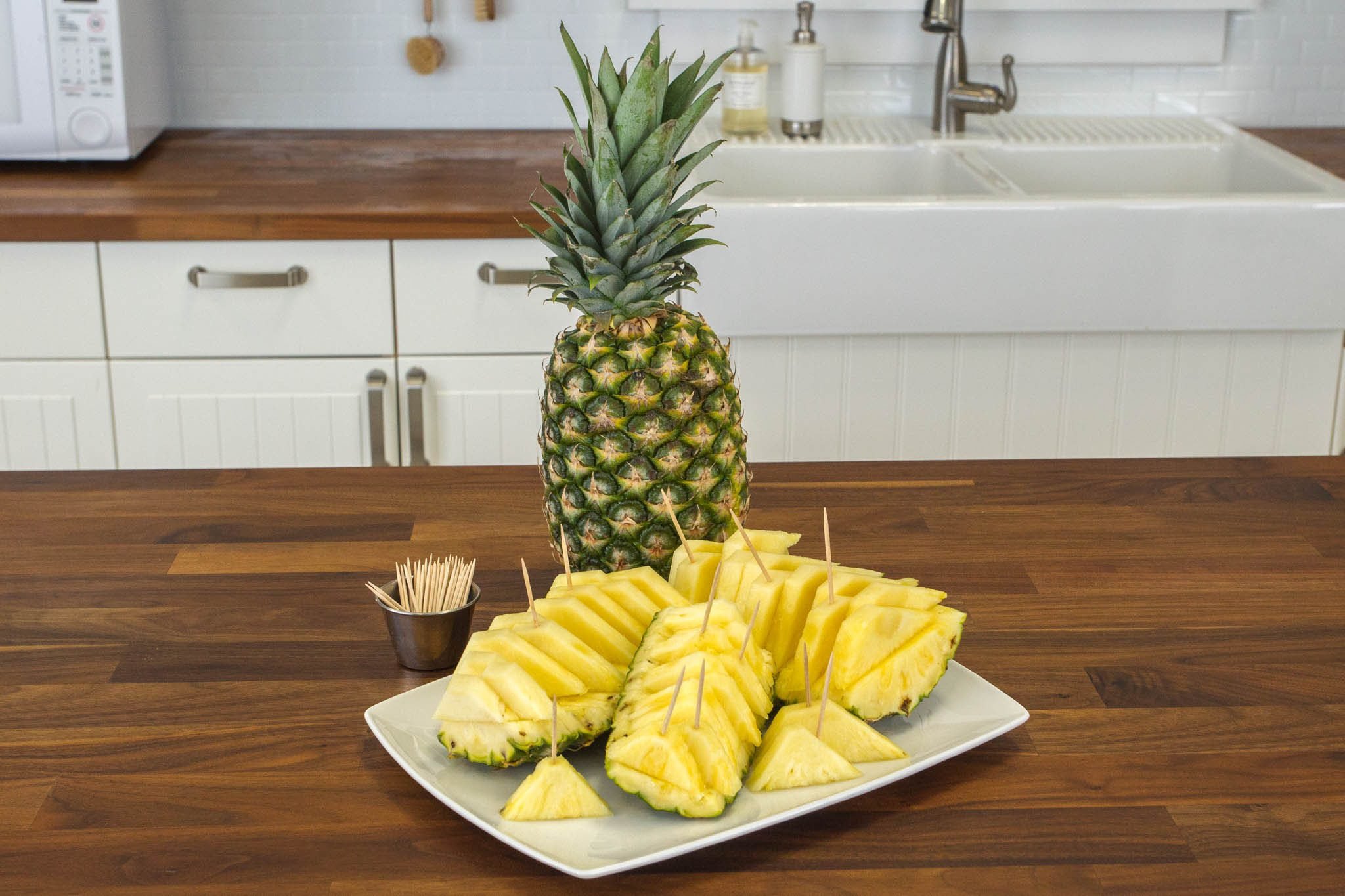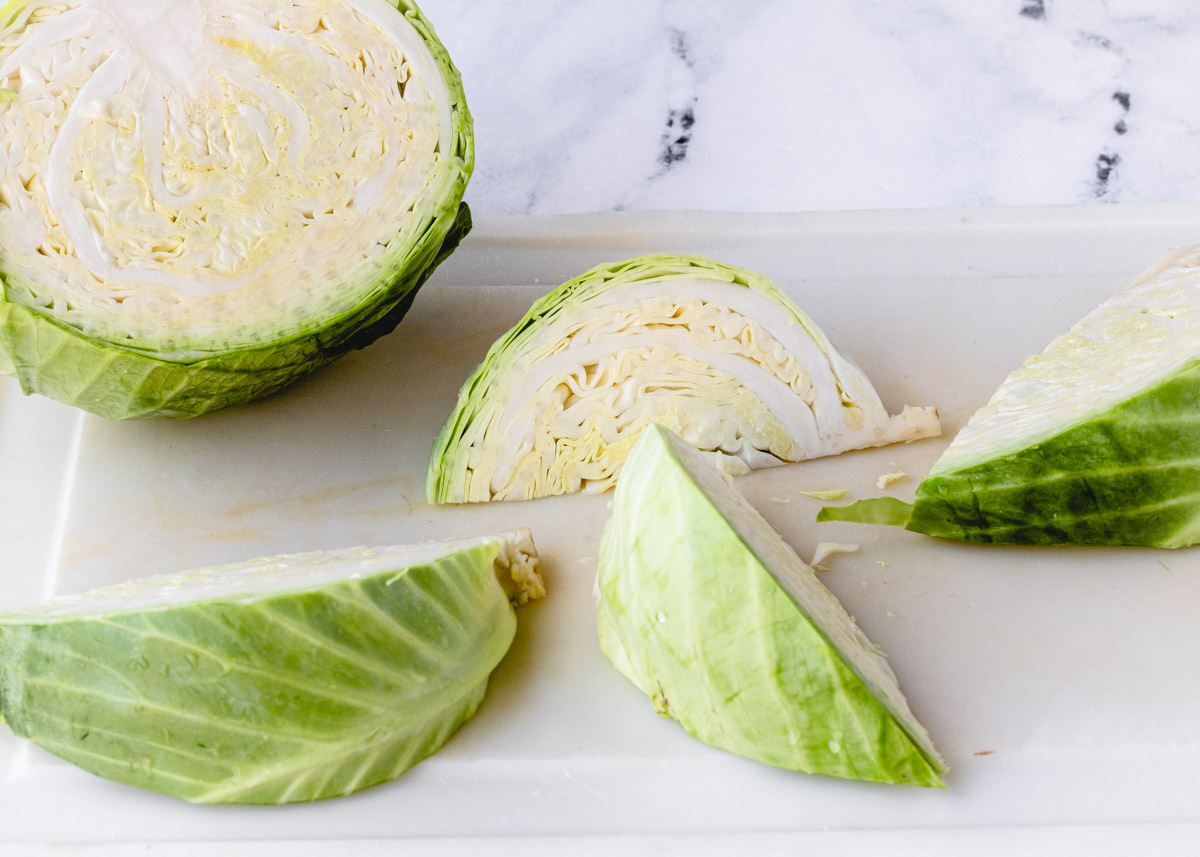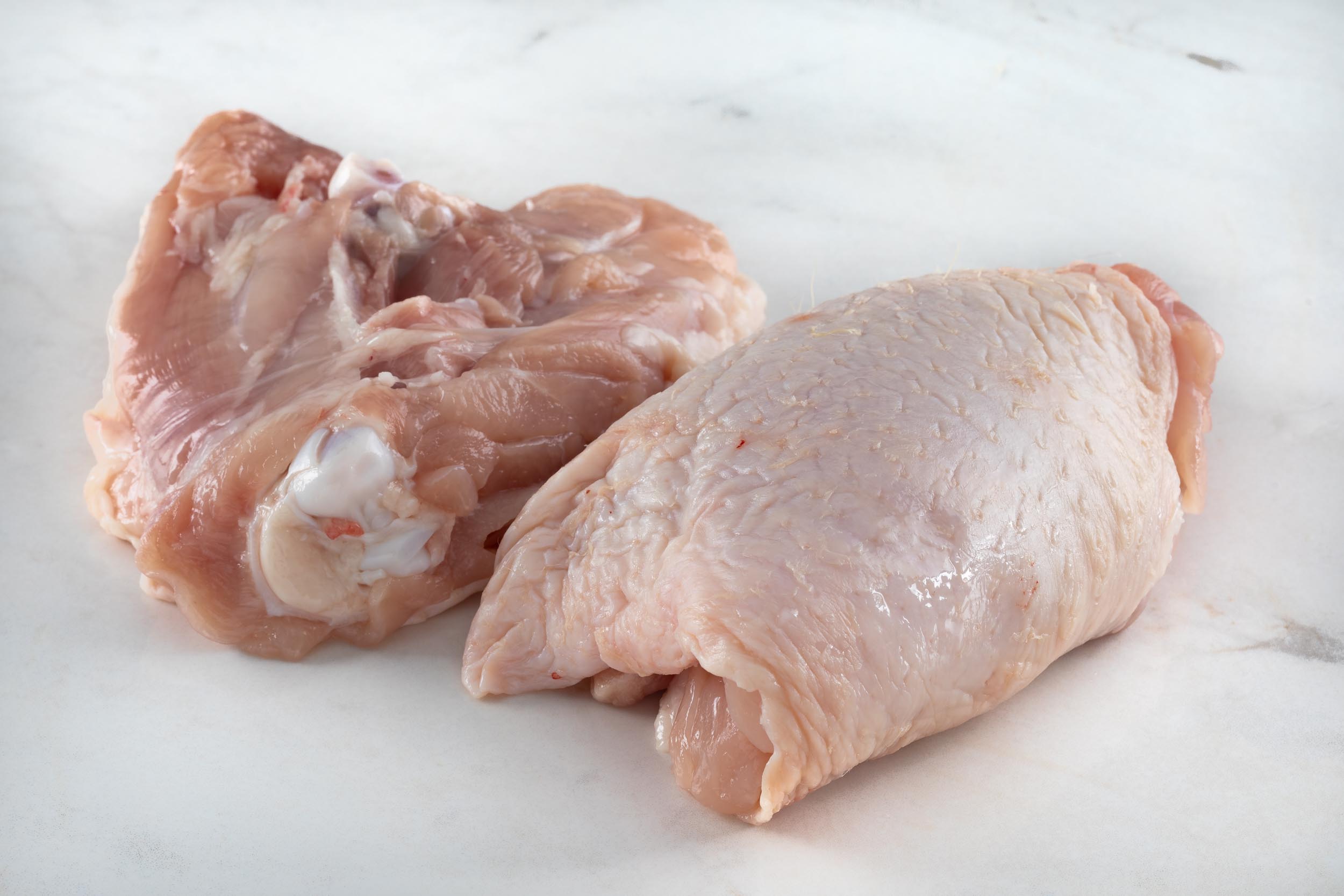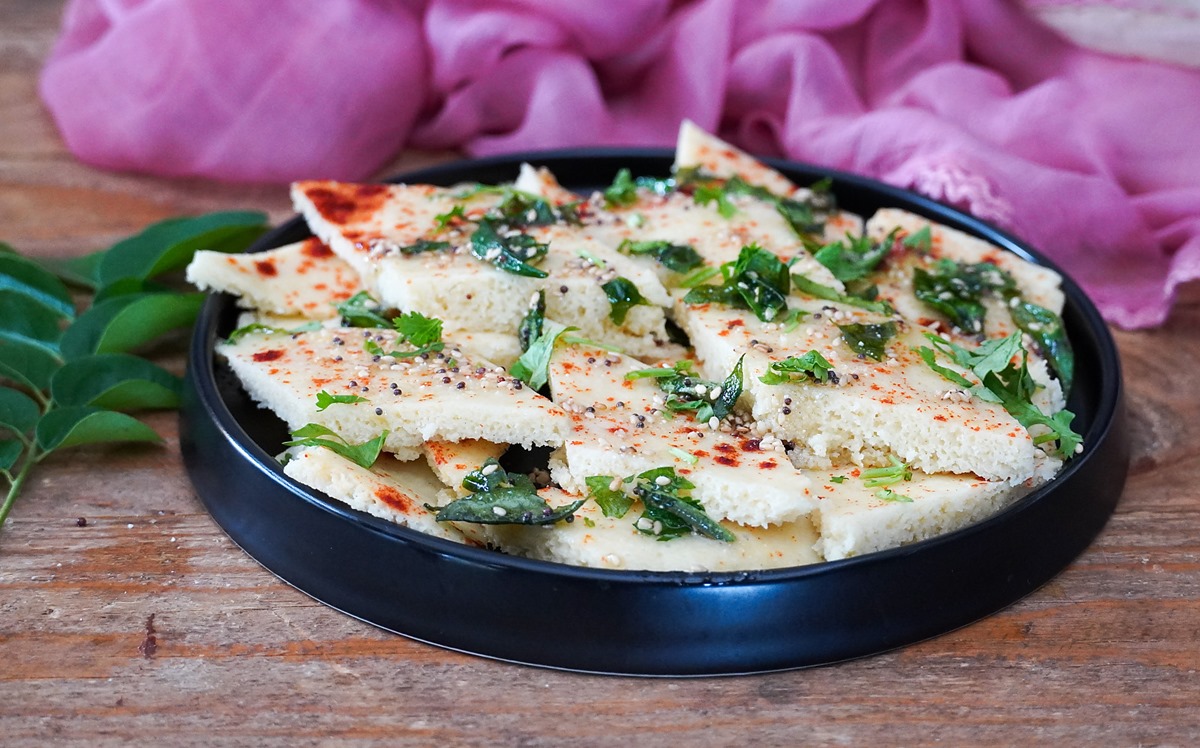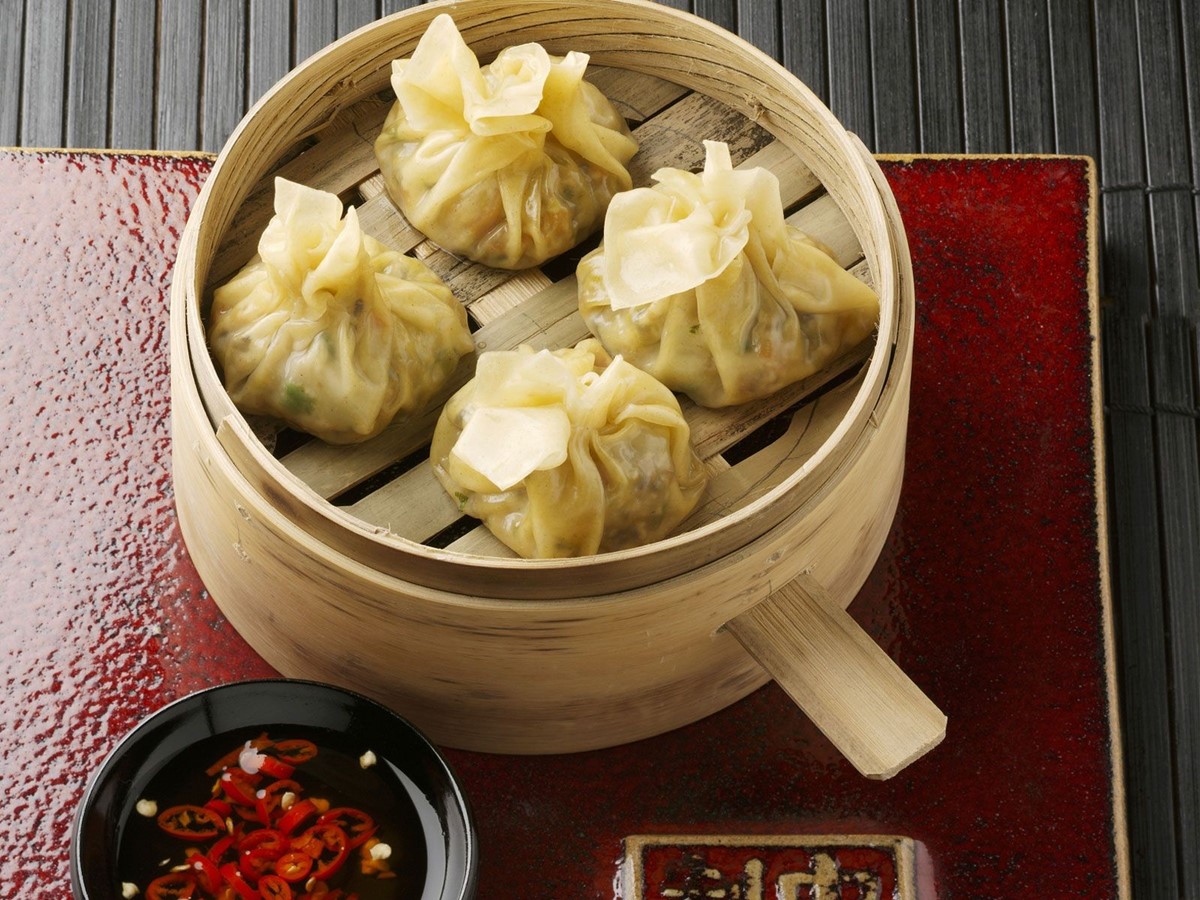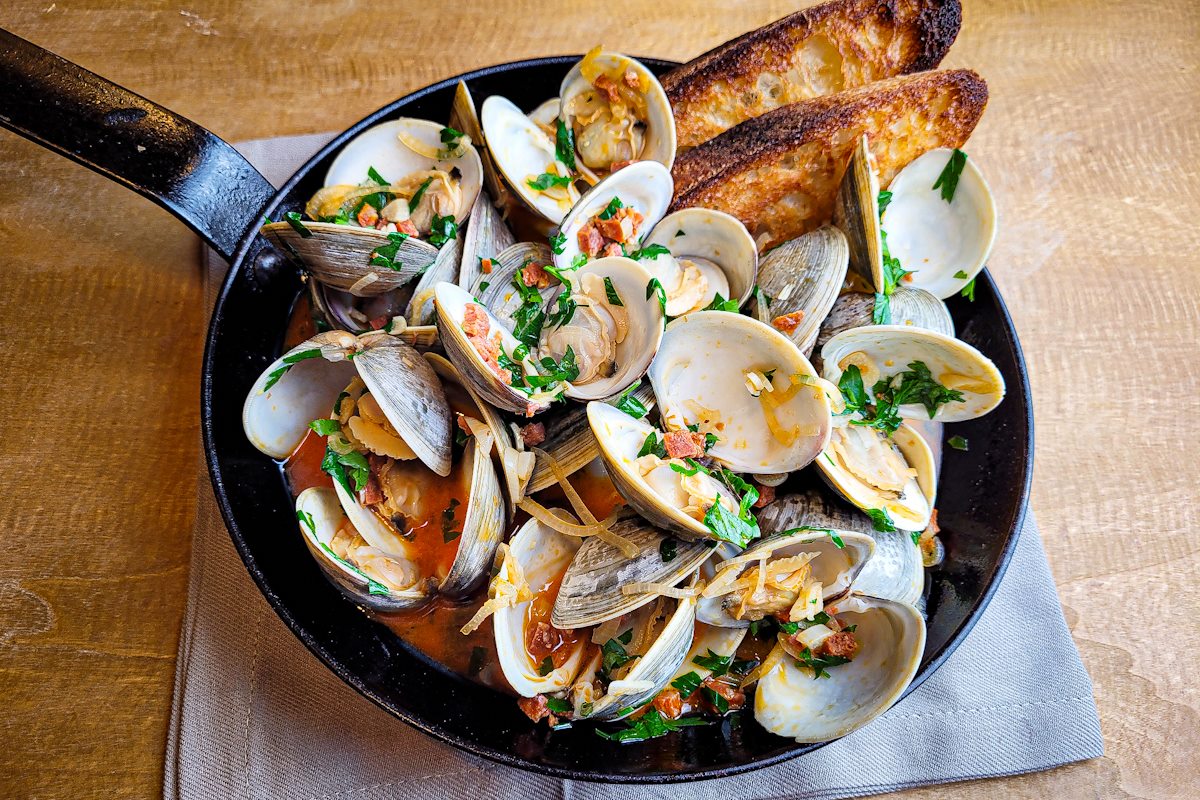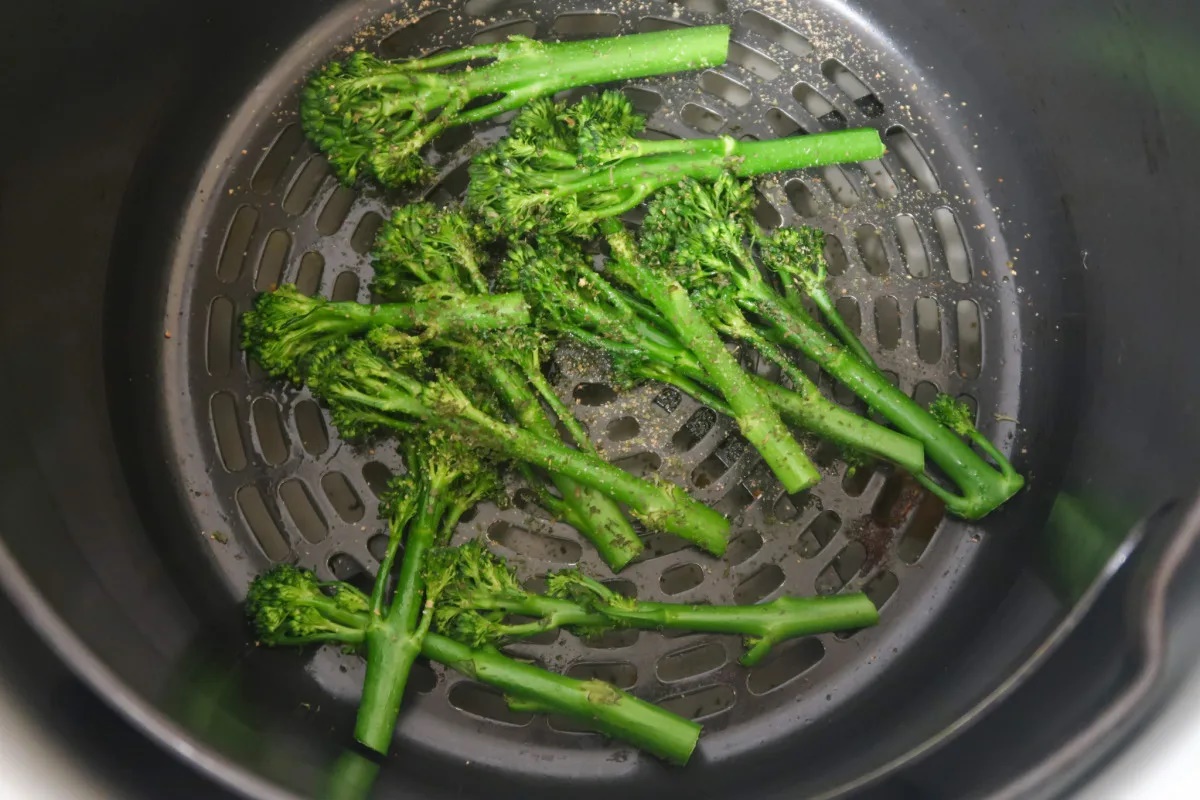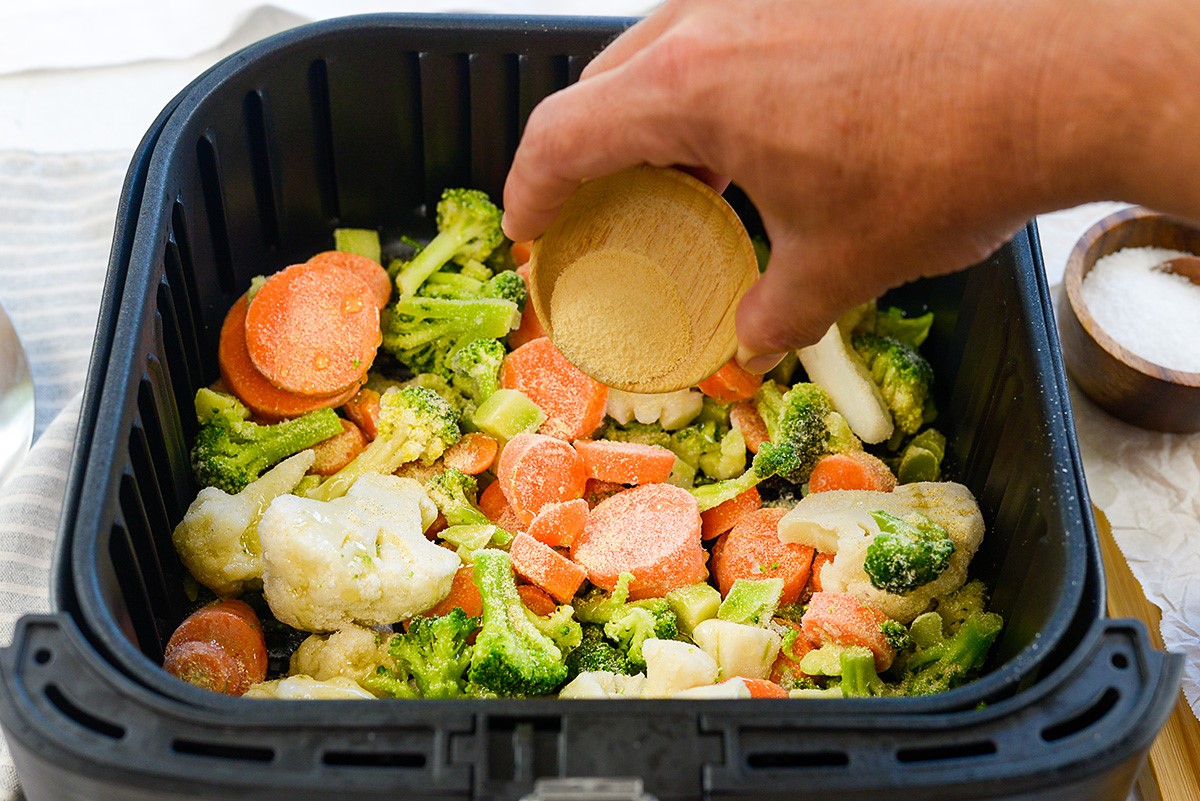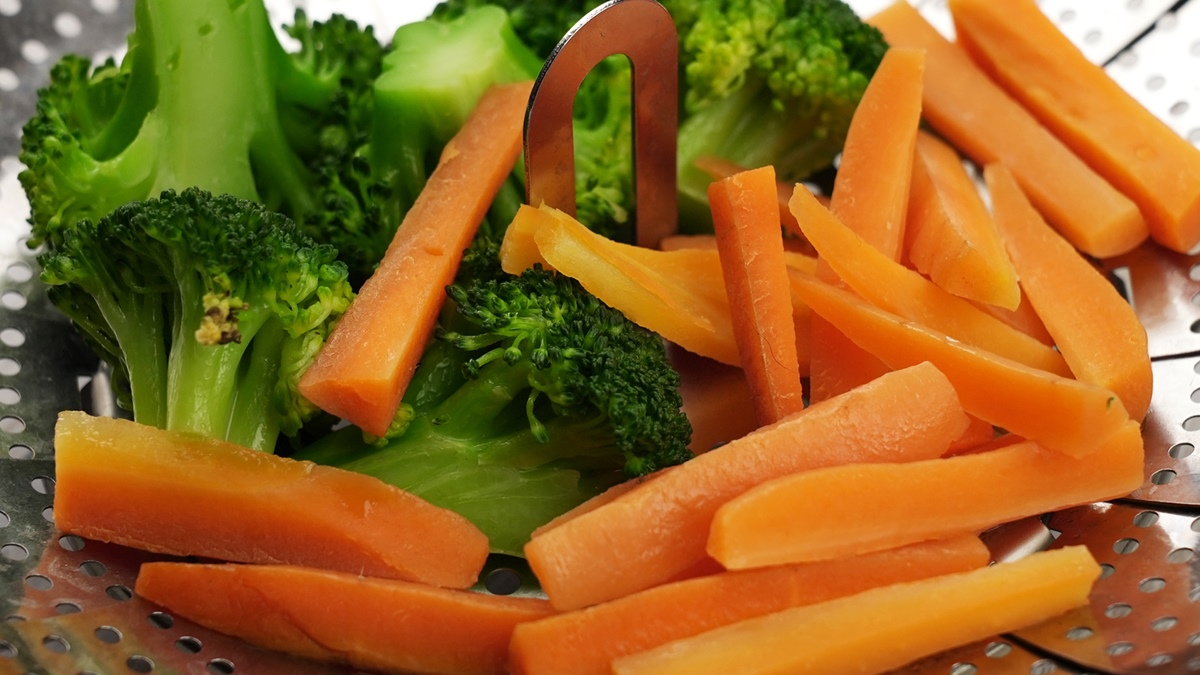How To Cut Potato Wedges: A Step-by-Step Guide
If you are a potato lover, then you must be familiar with the flavorful and crispy delight that is potato wedges. Whether you want to enjoy them as a side dish or as a delicious snack, learning how to cut potato wedges is a skill every food enthusiast should have. In this article, we will provide you with a step-by-step guide on how to achieve perfect potato wedges every time.
What You’ll Need
Before we dive into the process of cutting potato wedges, let’s make sure you have all the necessary tools and ingredients:
- Fresh Potatoes: Choose medium to large-sized potatoes that are firm and free from any blemishes.
- A Sharp Knife: A sharp knife will make the process easier and ensure clean cuts.
- Cutting Board: Use a stable cutting board that provides enough space for cutting the potatoes.
- Bowl of Water: Keeping the cut potatoes in water will prevent them from turning brown.
- Paper Towels: Use them to pat dry the potatoes after cutting.
- Olive Oil: A drizzle of olive oil will give your potato wedges a delightful flavor.
- Seasonings: Choose your favorite spices to add a burst of flavor to the wedges. Popular options include salt, pepper, garlic powder, and paprika.
The Process
Now that you have everything you need, it’s time to learn how to cut potato wedges:
- Start by washing the potatoes under cold running water to remove any dirt or debris.
- Using a sharp knife, carefully cut off a thin slice from one of the potato’s long sides. This will create a stable base for cutting.
- Place the potato on the cutting board with the cut side facing down. Align the knife diagonally from the top of the potato and cut it in half.
- Take one of the halves and place it cut-side down on the cutting board. Make a diagonal cut starting from the top of the potato and continue until you reach the desired thickness of the wedge.
- Repeat the previous step with the other half of the potato, ensuring that your wedges are approximately the same size for even cooking.
- Transfer the cut potato wedges into a bowl of water to prevent them from turning brown. Let them soak for about 5 minutes.
- Remove the potato wedges from the water and pat them dry using paper towels.
- Preheat your oven to 425°F (220°C). Meanwhile, drizzle the potato wedges with olive oil, ensuring they are evenly coated.
- Season the wedges with your preferred spices, making sure to evenly distribute the flavors.
- Place the potato wedges on a baking sheet lined with parchment paper, leaving space between each wedge for proper browning.
- Bake in the preheated oven for about 25-30 minutes, or until the wedges are golden and crispy.
- Once cooked, remove the potato wedges from the oven and let them cool for a few minutes before serving.
Now that you know how to cut potato wedges, you can unleash your creativity by experimenting with different seasonings and dipping sauces to complement your delicious homemade snack. Enjoy!
Conclusion
Learning how to cut potato wedges is a simple yet essential skill for any food lover. By following this step-by-step guide, you can create golden and crispy potato wedges that will impress your family and friends. Have fun exploring various seasoning options and enjoy the tasty results!
More Delicious Potato Recipes to Try
Now that you've mastered cutting potato wedges, why not put your skills to the test with a variety of flavorful recipes? From the savory Garlic Parmesan Potato Wedges Recipe to the spicy kick of Spicy Cajun Potato Wedges Recipe, there's a dish to suit every palate. For those who enjoy a classic taste, the Classic Baked Potato Wedges Recipe are a must-try. If you're looking to impress guests, the Rosemary Sea Salt Wedges Recipe offer a sophisticated twist with their aromatic profile. We highly recommend trying the Cheesy Cheddar Wedges Recipe for a comforting, indulgent treat. Each recipe utilizes the basic technique of wedge cutting, allowing you to practice while exploring different seasonings and flavors.
Was this page helpful?
Read Next: How To Cut Onions For Kabobs
